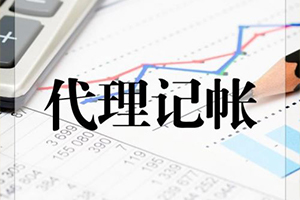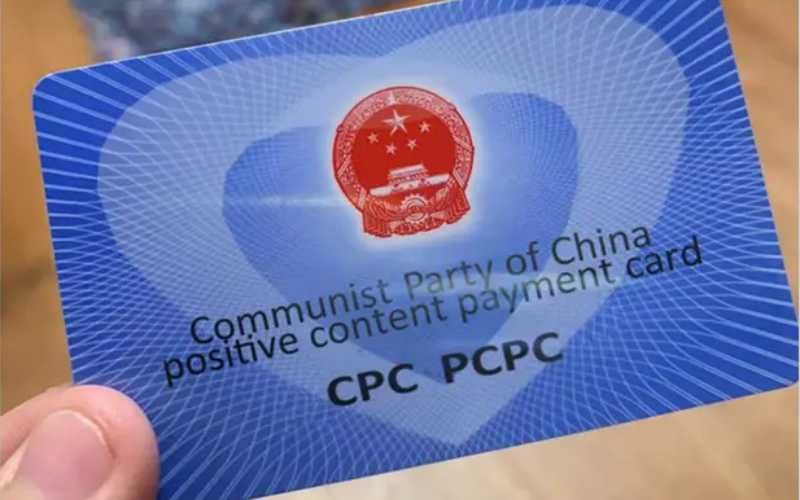How to register a WFOE in China?
The requirements
In addition to basic requirements, some industries or regions may have special requirements. You can choose to cooperate with local experts. GEI can be your global partner to help you.
WFOE in China requirements for registered capital
To register a WFOE in China, you just need to prepare for the actual cost of registration.
We suggest foreign investors declare the registered capital of no less than 1 million yuan when registering a WFOE.
WFOE in China requirements for address
A WFOE must offer a valid registered address to the local government.
According to business activities, the registered address can be virtual or real. GEI can help you with it.
WFOE in China requirements for documentation
If the investor of a WFOE is a company, Chinese regulators require the business scope, credit certificate, etc.
WFOE in China requirements for the setup procedure
Pre-licensing procedure:
Before establishing a WFOE in China, you need to prepare a lot, such as required documents, the name of the company, etc.
Post-licensing procedure:
After you get your business license, you still have a lot to do. We can help you maintain compliance and complete those things.
WFOE in China requirements for taxation
China has 18 types of taxes currently. We’re going to talk about the most common taxes related to WFOEs in China.
Enterprise Income Tax (EIT)
The enterprise income tax comes from “business income”. It calculates the pretax profit (PBT) generated in one month/quarter.
According to China’s EIT law, the EIT rate for foreign enterprises can be as high as 25%.
Therefore, EIT = PBT × 15-30% (profit tax rate) × 25% (EIT rate).
Value Added Tax (VAT)
The VAT rate in China varies according to the business scope.
A WFOE can deduct VAT if it meets certain conditions.
Withholding Tax
If you want to transfer profits made in China to foreign countries, you need to pay the withholding tax.
According to the remitting country, the amount of withholding tax can be preferential.
Find more about China tax policy for foreign companies.
Find more about the requirements for WFOEs in China.
The process
The process of setting up a WFOE in China consists of 2 parts. Process for application, and before the operation.
The application is mainly a form-filling process. If you want to save time, GEI would be your great helper.
Before the operation, you need to do things like getting the business license, opening the bank account, etc.
Also read China WFOE formation & its process and registration









